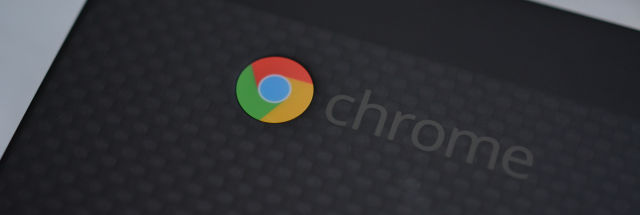- cross-posted to:
- [email protected]
- [email protected]
- cross-posted to:
- [email protected]
- [email protected]
The project is called “Lacros” which Google says stands for “Linux And ChRome OS.” This will split ChromeOS’s Linux OS from the Chrome browser, allowing Google to update each one independently.
Previously ChromeOS was using a homemade graphics stack called “Freon,” but now with Wayland, it’ll be on the new and normal desktop Linux graphic stack. Google’s 2016 move to Freon was at a time when it could have moved from X11 (the old, normal desktop Linux graphics stock) directly to Wayland, but it decided to take this custom detour instead. Google says this represents “more Wayland support” because Wayland was previously used for Android and Linux apps, but now it’ll be used for the native Chrome OS graphics, too.



It should be calle “Glacros” then, for “GNU\Linux And ChRome OS.”
A quotation circulates on the Internet, attributed to me, but it wasn’t written by me.
Here’s the text that is circulating. Most of it was copied from statements I have made, but the part italicized here is not from me. It makes points that are mistaken or confused.
I’d just like to interject for a moment. What you’re referring to as Linux, is in fact, GNU/Linux, or as I’ve recently taken to calling it, GNU plus Linux. Linux is not an operating system unto itself, but rather another free component of a fully functioning GNU system made useful by the GNU corelibs, shell utilities and vital system components comprising a full OS as defined by POSIX. Many computer users run a modified version of the GNU system every day, without realizing it. Through a peculiar turn of events, the version of GNU which is widely used today is often called “Linux,” and many of its users are not aware that it is basically the GNU system, developed by the GNU Project. There really is a Linux, and these people are using it, but it is just a part of the system they use.
Linux is the kernel: the program in the system that allocates the machine’s resources to the other programs that you run. The kernel is an essential part of an operating system, but useless by itself; it can only function in the context of a complete operating system. Linux is normally used in combination with the GNU operating system: the whole system is basically GNU with Linux added, or GNU/Linux. All the so-called “Linux” distributions are really distributions of GNU/Linux.
The main error is that Linux is not strictly speaking part of the GNU system—whose kernel is GNU Hurd. The version with Linux, we call “GNU/Linux.” It is OK to call it “GNU” when you want to be really short, but it is better to call it “GNU/Linux” so as to give Torvalds some credit.
We don’t use the term “corelibs,” and I am not sure what that would mean, but GNU is much more than the specific packages we developed for it. I set out in 1983 to develop an operating system, calling it GNU, and that job required developing whichever important packages we could not find elsewhere.
He actually added to the pasta…
He overjerker the jerk
Alphabet Science. We do what we must because we can.